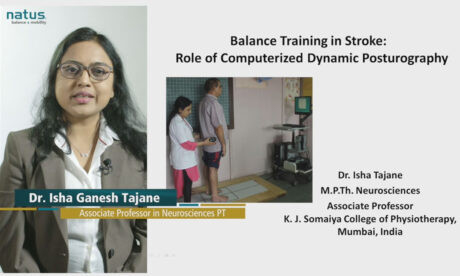Stroke is the leading cause of adult neurological disabilities. Impaired postural control has great impact on independence of activities of daily living and gait. The recovery of postural control it’s a critical component of the motor behavior. Tailoring an efficient therapeutic approach depends on appropriate evaluation of specific needs. The aim of this presentation is to review the main postural abnormalities and the different tools that can be used to evaluate balance in hemiparetic patients with stroke. Our learning objectives for this presentation ae:
Balance assessment in Stroke
- Understand the impairments in physiological systems contributing to postural control in stroke
- Learn the evaluation of postural control in stroke
- Analyze the properties of the most frequently used clinical balance test/scales in stroke
- Discuss the use of Computerized Dynamic Posturography in balance assessment in stroke
- Discuss the importance of objective and quantitative evaluation
- To facilitated the understanding and interpretation of force plate measures
Course Curriculum
| The Course Units | |||
| Balance assessment in Stroke – Video | 00:18:00 | ||
| Certified Knowledge Quiz | |||
| Balance assessment in Stroke – Quiz | 00:20:00 | ||
Course Reviews
No Reviews found for this course.
Instructors
120 STUDENTS ENROLLED




